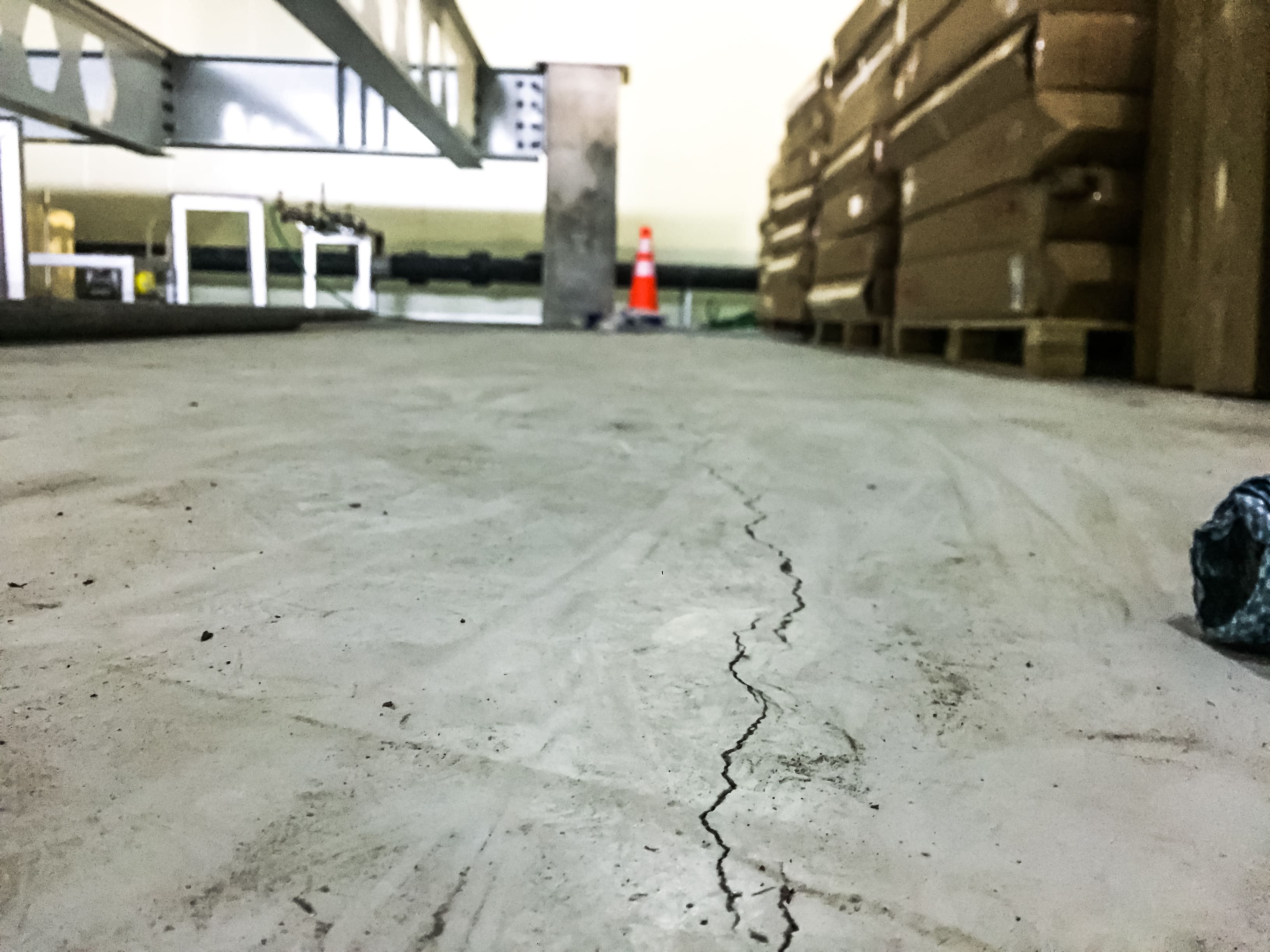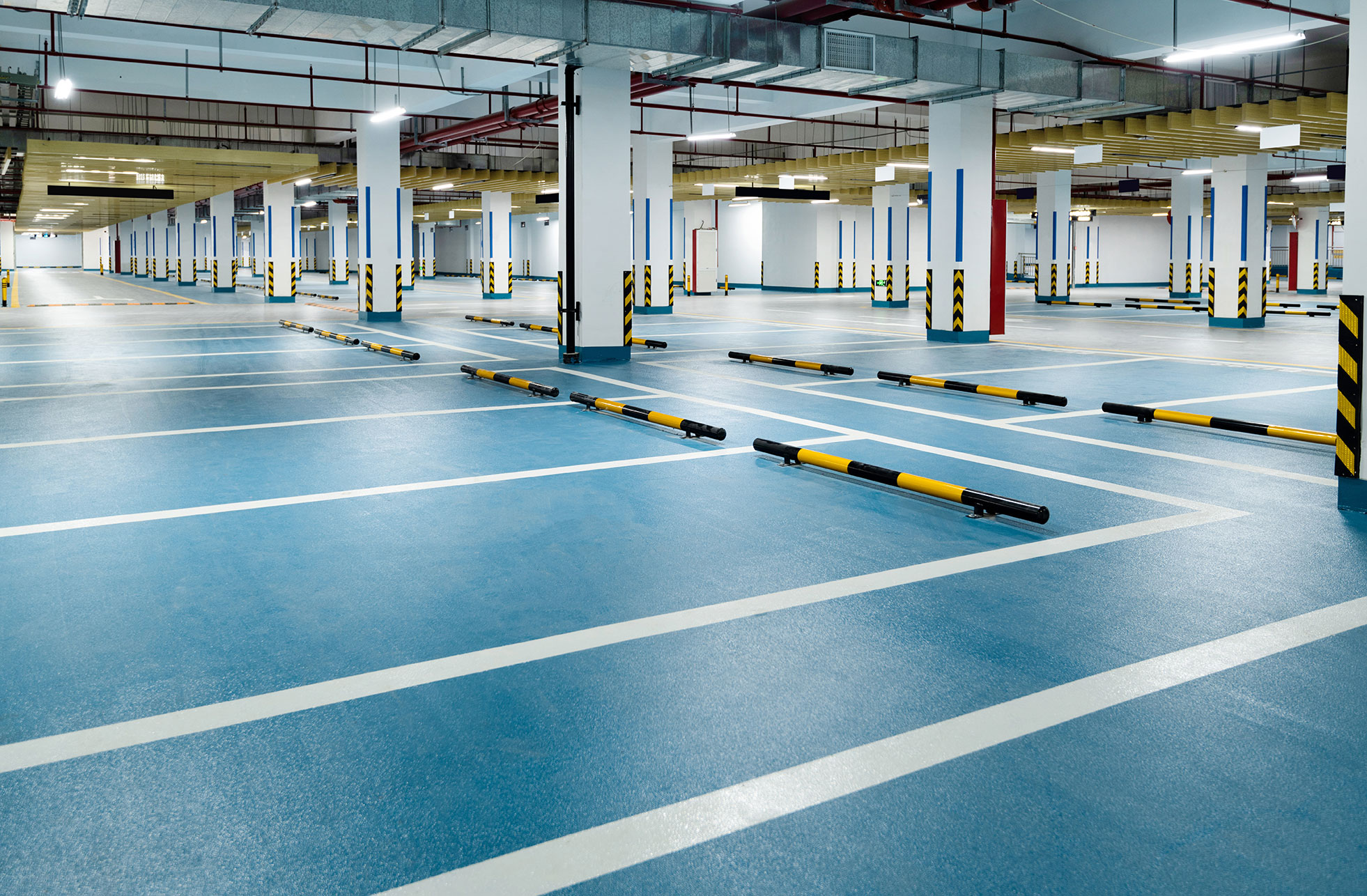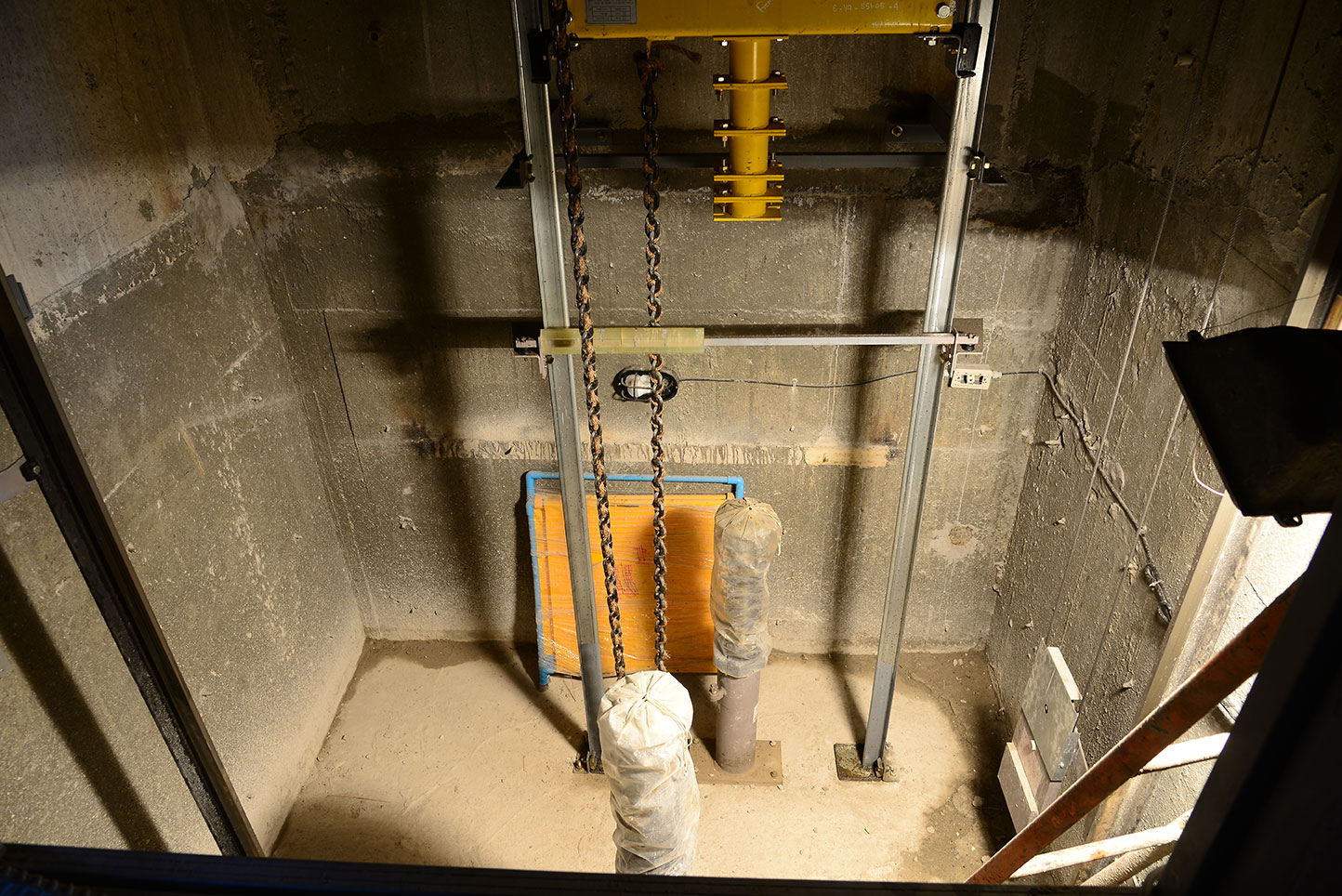
How to Fix Cracks in Industrial Concrete Floors Effectively
ARDEX ENDURA
12 Nov 2025
05 Min
Why do Industrial Concrete Floors Crack?
Concrete may look indestructible, but it responds to pressure and environmental conditions. Industrial floors, in particular, face intense stress daily. From heavy forklifts, constant foot traffic, to long working hours, they undergo continuous wear and tear. Thus, it puts enormous pressure on concrete, and over time, cracks appear.
Moreover, if they’re left unattended, they can cause bigger issues. Proactive concrete crack repair not only maintains safety but also helps avoid costly downtime.
Some of the common reasons for cracked concrete include:
- Heavy load stress: Many times, equipment and machinery push concrete to its limits.
- Shrinkage: Concrete also shrinks as it cures. Hence, it leaves behind thin lines or wider gaps.
- Improper curing: If moisture levels are not properly controlled during curing, concrete is likely to develop cracks at an early stage.
- Thermal movement: Frequent temperature changes make concrete expand and contract, which often leads to splits.
- Improper treatment of expansion joints: If joints are not properly placed, incorrectly sealed, or not maintained, they will fail to absorb movement and may cause cracked concrete.
Neglecting these cracks may cause issues that go beyond appearance. Over time, they weaken the floor’s structure and create tripping hazards. It can disrupt your industrial operations. Hence, early detection and actions to fix concrete cracks can help run the facilities smoothly.
Types of Cracks in Industrial Concrete Floors
Concrete cracks are of different types, and each needs a specific approach.
- Hairline cracks: These are thin and surface-level and are more cosmetic than structural.
- Shrinkage cracks: These happen during the drying process when water evaporates.
- Structural cracks: The cracks due to the structure are deeper and more serious, often caused by loads or settlement.
- Map cracking: It is a network of fine cracks. There are various reasons behind it, including thermal stress or chemical reactions.
- Joint-related cracks: cracks can form near expansion joints if they are not properly maintained or sealed.
Understanding the difference helps you judge whether a crack is a minor nuisance or a serious issue that requires urgent repair.
Step-by-Step Repair Methods
A structured repair process to fix concrete cracks helps prevent them from reappearing soon. The common steps include:
- Inspection and Diagnosis:- Begin by measuring the depth and length of the crack, then determine whether it is static or actively spreading.
- Surface Preparation:- Make sure to clean the area properly and remove loose particles or weak material to prepare the surface well. Also, make sure that no oil, grease, or dust remains.
- Crack Filling:- You can use different types of fillers, based on the surface you’re dealing with. For instance:
- Epoxy fillers are used for structural cracks.
- Cementitious fillers work for smaller, non-structural gaps.
- Sealants are used to fill joints and cracks and prevent moisture, chemicals and debris from entering and causing further damage.
- Expansion joint tapes are flexible, waterproof tapes used to fill and seal cracks in structures.
- Finishing and Curing:- Lastly, smooth the filled surface and allow enough curing time based on the material. Do protect the area from premature load or water exposure.This systematic process restores the strength of industrial floors while keeping them functional for a long time.
Choosing the Right Material Based on Crack Severity
The effectiveness of a concrete crack repair job depends on the material you choose. Using the wrong filler can actually make the problem worse:
- Cementitious fillers: They’re suitable for static cracks and low-load areas.
- Epoxy-based fillers: These fillers are strong and reliable for structural cracks, especially in load-bearing areas.
- Movement cracks: These cracks call for flexible materials that can expand and contract.
To deal with such issues, Ardex Endura provides repair products designed for different crack situations. The various sealants offer elasticity and durability, which are critical in industrial environments, especially since they’re exposed to grind, stress, and vibration.
Preventive Maintenance to Avoid Future Cracks
There’s no denying that repairing cracks is important. Nevertheless, preventing them in the first place always saves you more money and time. A few best practices that you can adopt are:
- Correct joint placement: The right joint placement helps the concrete expand and contract without random cracking.
- Surface sealing: If you seal the surface with a high-grade sealant, it protects against moisture, chemicals, and abrasion.
- Routine monitoring: Once the repair is complete, routine inspections help spot minor cracks early, allowing timely action before they develop into bigger issues.
- Scheduled inspections: These inspections are important, especially in high-traffic areas where damage happens faster.
Following a consistent maintenance plan makes industrial floors last longer and reduces unexpected repair costs.
Industrial concrete floors are bound to experience wear and tear, which is why concrete is the preferred material. It's built to withstand heavy loads and constant use. However, cracked concrete can compromise safety, reduce durability, and lead to costly repairs if not addressed on time.
Timely repairs can help stop minor damage from turning into major problems. By choosing the right method and using trusted solutions from Ardex Endura, facilities can keep their floors safe, durable, and ready for heavy use.
Just ensure to choose a solution depending on the severity of cracks and the conditions, and undertake timely inspections to spot damage on time.




